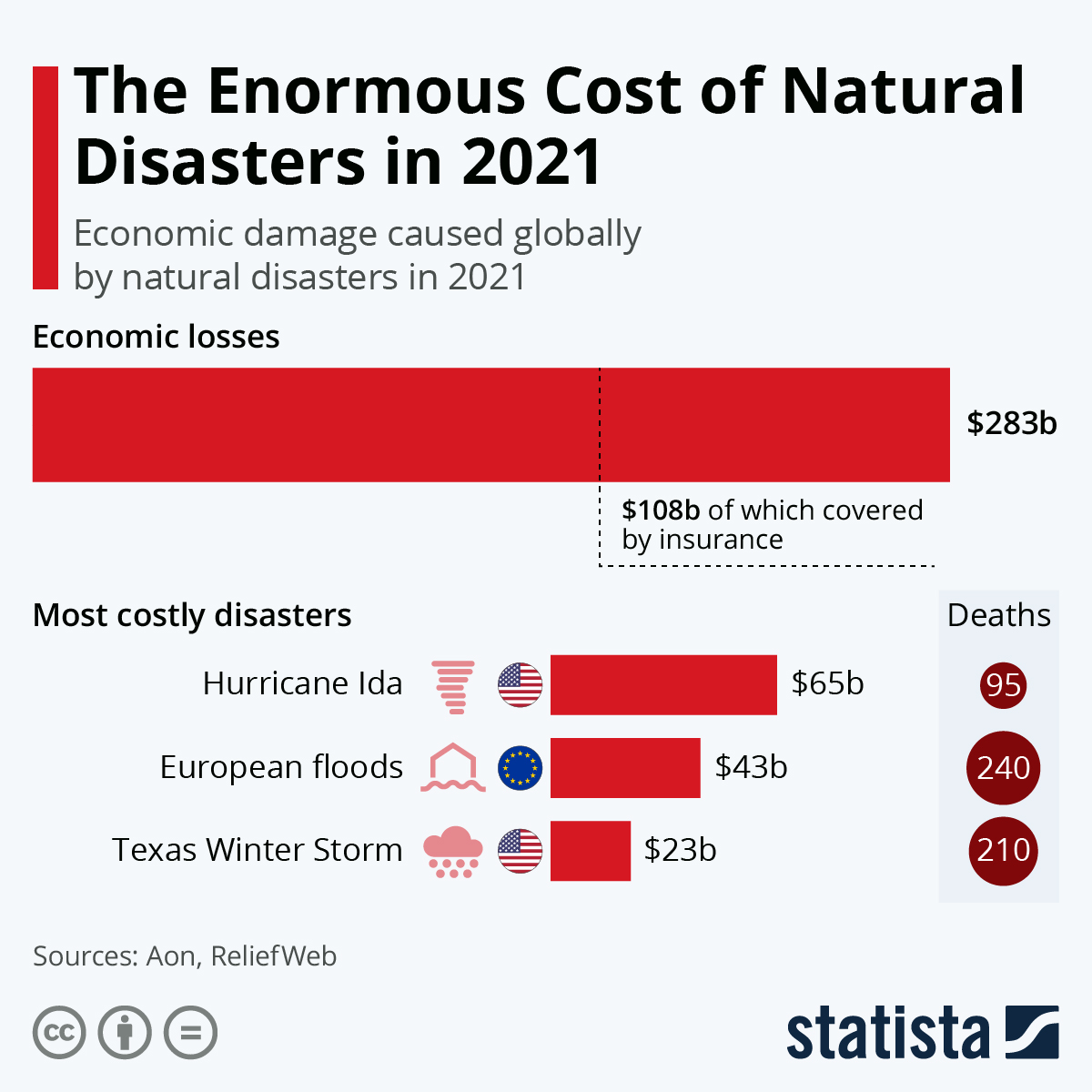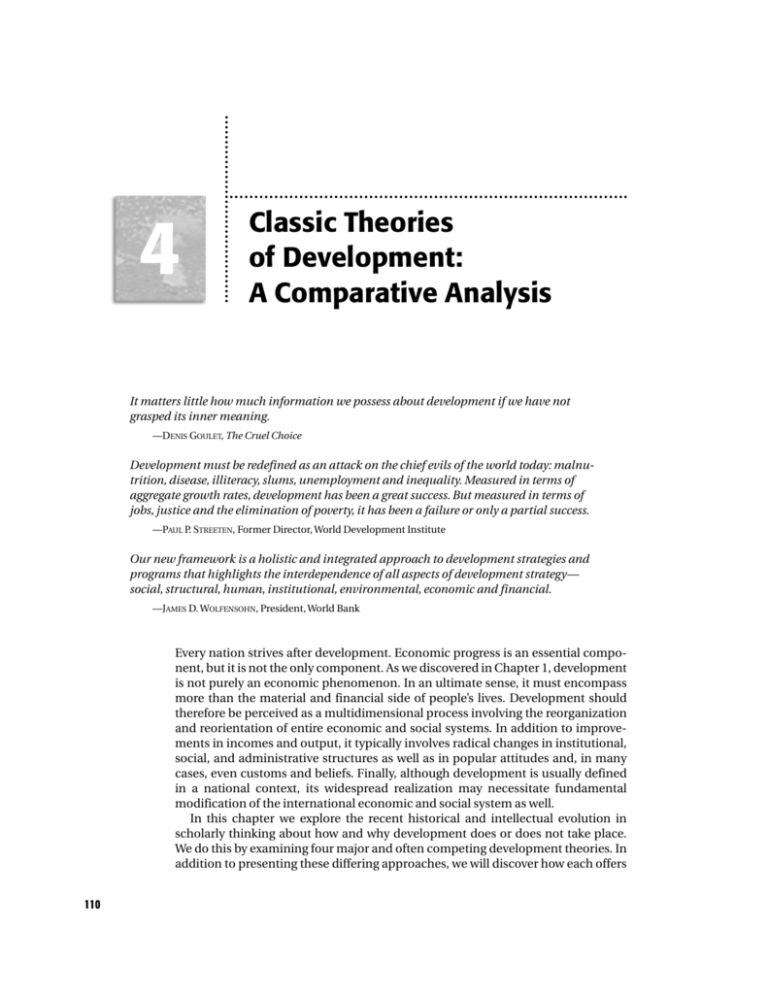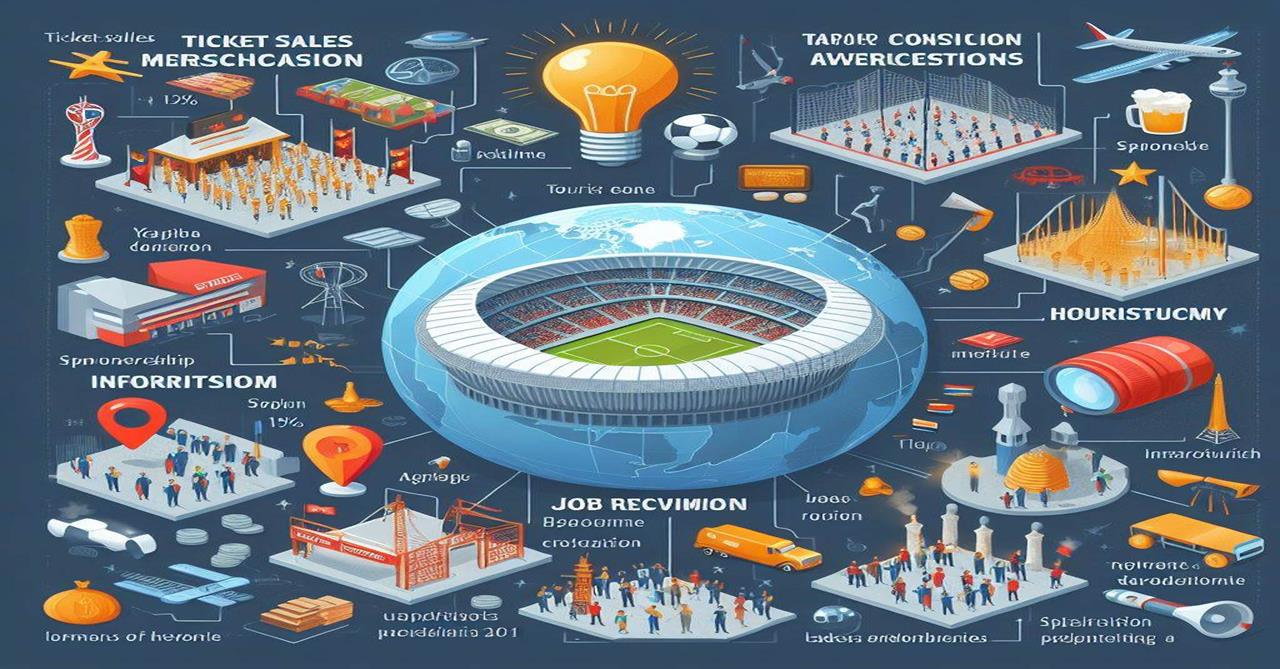
The Staggering Cost: Understanding the Global Economic Impact of Natural Disasters
Natural disasters – from roaring hurricanes and devastating earthquakes to creeping droughts and raging wildfires – often dominate our news feeds with images of destruction and human suffering. But beyond the immediate heartbreak, these events carry a monumental, long-lasting economic cost that ripples across local communities, national economies, and even the global financial system.
For beginners, understanding this economic impact might seem complex, but it boils down to how these events disrupt our ability to produce, consume, and trade goods and services. In this long-form guide, we’ll break down the financial consequences of natural disasters globally, explaining direct and indirect costs, how different sectors are affected, and why building resilience is more important than ever.
What Are Natural Disasters? (A Quick Recap)
Before diving into the economics, let’s briefly define what we’re talking about. Natural disasters are extreme natural events that cause significant damage to property, loss of life, and disruption to human activities. They are typically categorized by their origin:
- Geological: Earthquakes, tsunamis, volcanic eruptions, landslides.
- Hydrological: Floods (river, flash, coastal), storm surges.
- Meteorological: Hurricanes, typhoons, cyclones, tornadoes, severe storms.
- Climatological: Droughts, wildfires, extreme heatwaves, cold waves.
While natural in origin, human activities, particularly climate change, are increasingly influencing their frequency, intensity, and impact.
The Immediate Shock: Direct Economic Costs
When a natural disaster strikes, the first and most obvious economic impact is the immediate physical destruction. These are the "direct costs":
- Damage to Infrastructure:
- Homes and Buildings: Houses, apartments, businesses, and public buildings are destroyed or severely damaged, requiring costly repairs or complete rebuilding.
- Transportation Networks: Roads, bridges, railways, airports, and ports are washed away, cracked, or blocked, disrupting travel and trade.
- Utilities: Power lines, water pipes, communication towers, and sewage systems are knocked out, leaving communities without essential services.
- Loss of Assets:
- Personal Property: Cars, furniture, electronics, and other personal belongings are lost or damaged.
- Business Assets: Machinery, equipment, raw materials, and finished goods in factories and shops are destroyed.
- Agricultural Losses: Crops are ruined, livestock is lost, and farmlands become unusable due to flooding, drought, or contamination.
- Emergency Response Costs:
- Immediate spending on search and rescue operations, medical aid, temporary shelters, and food distribution.
- Mobilization of emergency services (police, fire, military).
Think of it like this: If a hurricane flattens a town, every damaged house, every broken road, and every lost car represents a direct economic loss that must be paid for, either by individuals, insurance companies, or the government.
The Lingering Pain: Indirect Economic Costs
While direct costs are visible, the "indirect costs" are the ripple effects that spread throughout the economy, often lasting for months or even years after the initial event. These are harder to quantify but can be just as, if not more, devastating.
- Loss of Productivity and Income:
- Business Closures: Companies can’t operate due to damage, lack of staff, or disrupted supply chains, leading to lost sales and profits.
- Job Losses: Workers are laid off or unable to work because their workplaces are destroyed or damaged, leading to unemployment and reduced household income.
- Reduced Economic Activity: Overall spending and investment slow down as people prioritize basic needs or are simply unable to participate in the economy.
- Supply Chain Disruptions:
- If a factory that makes a crucial part for cars is destroyed, car manufacturers worldwide might face delays or even have to stop production, affecting multiple industries.
- Ports being closed can prevent goods from being imported or exported, impacting international trade.
- Increased Prices (Inflation):
- When goods become scarce due to production halts or transportation issues, their prices can rise, making life more expensive for everyone. For example, food prices often spike after droughts or floods.
- Government Debt and Spending:
- Governments face massive bills for reconstruction, emergency aid, and long-term recovery programs. This often leads to increased national debt, potentially diverting funds from other important areas like education or healthcare.
- Reduced Tourism:
- Destinations known for their natural beauty or attractions can see a sharp drop in visitors after a disaster, severely impacting local businesses (hotels, restaurants, tour operators) that rely on tourism income.
- Health and Social Costs with Economic Implications:
- Increased healthcare costs due to injuries, disease outbreaks, and mental health issues arising from trauma and displacement.
- Disruption to education can affect future earning potential for a generation of children.
Example: After a major flood, not only are homes and businesses directly damaged, but workers can’t get to their jobs, goods can’t be transported to markets, and the government has to borrow money for cleanup, all contributing to indirect economic costs.
How Natural Disasters Hit Key Economic Sectors
The economic impact isn’t uniform; some sectors are particularly vulnerable:
- Agriculture:
- Direct: Crop destruction, livestock losses, damage to irrigation systems.
- Indirect: Food shortages, rising food prices, reduced exports, loss of livelihoods for farmers and agricultural workers.
- Global Impact: A major drought in one key agricultural region can affect food prices and availability worldwide.
- Infrastructure (Energy, Transport, Communication):
- Direct: Power outages, damaged roads/bridges, collapsed communication networks.
- Indirect: Halts in industrial production, inability to deliver goods, disruption of essential services (hospitals, banks), and difficulties in coordinating relief efforts. This sector is crucial because its failure impacts all other sectors.
- Tourism:
- Direct: Damage to hotels, resorts, tourist attractions.
- Indirect: Fear of future disasters, negative publicity, and travel advisories deter visitors, leading to massive revenue losses and job cuts in a sector that often relies heavily on foreign exchange.
- Manufacturing and Industry:
- Direct: Damage to factories, machinery, and inventory.
- Indirect: Supply chain disruptions (inability to get raw materials or ship finished products), labor shortages, and reduced consumer demand can bring production to a standstill.
- Financial Sector:
- Direct: Losses for insurance companies paying out claims.
- Indirect: Increased risk for investors, potential for loan defaults by businesses and individuals, and strain on national budgets due to borrowing for reconstruction.
Beyond Money: The Human Cost with Economic Ripples
While not directly a "cost" in monetary terms, the human suffering caused by natural disasters has significant economic implications:
- Loss of Life and Injury: The most tragic consequence. Beyond the immense personal grief, it means a loss of productive members of society and increased healthcare burdens.
- Displacement: Millions are forced to leave their homes, becoming internal refugees or seeking asylum in other countries. This creates economic strain on host communities and often leads to long-term unemployment and poverty for the displaced.
- Health Crises: Post-disaster, there’s often an increase in waterborne diseases, respiratory illnesses, and mental health issues (PTSD, depression), all requiring expensive healthcare interventions.
- Educational Disruption: Schools are damaged, and children miss crucial learning time, which can impact their future earning potential and the country’s long-term human capital.
- Increased Poverty and Inequality: Disasters often hit the poorest and most vulnerable hardest, pushing more people into poverty and widening the gap between rich and poor. Those with fewer resources are less able to recover.
Unequal Burden: Why Some Countries Suffer More
The economic impact of natural disasters is far from equal across the globe. Developing nations, despite often contributing less to climate change, frequently bear the brunt of the economic devastation.
- Vulnerability:
- Geographic Exposure: Many developing countries are located in disaster-prone regions (e.g., small island nations prone to hurricanes, arid regions prone to drought).
- Reliance on Natural Resources: Economies heavily dependent on agriculture or natural resources (e.g., fishing) are extremely vulnerable to weather-related disasters.
- Weak Infrastructure: Roads, buildings, and utilities are often not built to withstand extreme weather, leading to greater damage.
- Limited Resources for Prevention and Recovery:
- Fewer Financial Buffers: Governments have less savings or access to international loans to fund recovery efforts.
- Lower Insurance Coverage: A much smaller percentage of homes and businesses are insured, meaning individuals and governments bear the full cost of repairs.
- Less Advanced Early Warning Systems: Can result in higher casualties and less time for preparation, leading to more damage.
- Debt Cycle:
- Repeated disasters can trap developing countries in a cycle of debt, as they borrow heavily for reconstruction, hindering long-term development.
Example: A hurricane hitting Florida (a developed region) causes billions in damage but is largely covered by insurance and government aid. A similar hurricane hitting a small Caribbean island (a developing nation) can wipe out its entire GDP and leave it reliant on international charity for years.
The Role of Insurance and Government Response
- Insurance: Acts as a financial safety net, transferring some of the financial risk from individuals and businesses to insurance companies. While crucial in developed countries, its limited penetration in developing nations leaves many exposed.
- Government Response:
- Immediate Relief: Providing emergency supplies, shelter, and medical care.
- Reconstruction: Funding the rebuilding of infrastructure and public services.
- International Aid: Developed nations and international organizations (like the UN, World Bank) often provide financial aid, technical assistance, and humanitarian support to disaster-stricken countries. This aid is vital but often falls short of the actual needs.
Building Back Better: Investing in Resilience
Given the increasing frequency and intensity of natural disasters, the focus is shifting from just "responding" to "preventing" and "building resilience." Investing in resilience means making communities stronger and more resistant to future shocks. This also has a significant economic benefit, as every dollar spent on prevention can save many dollars in disaster recovery.
Strategies for building resilience include:
- Improved Early Warning Systems: Giving communities more time to prepare and evacuate, reducing loss of life and property.
- Climate-Resistant Infrastructure: Building stronger roads, bridges, and buildings that can withstand extreme weather events. This might include elevated structures, better drainage systems, and reinforced materials.
- Ecosystem Protection and Restoration: Mangrove forests protect coastlines from storm surges; healthy forests prevent landslides and absorb floodwaters. Investing in these natural defenses is often more cost-effective than building artificial barriers.
- Sustainable Land-Use Planning: Avoiding construction in high-risk areas like floodplains or unstable slopes.
- Community Preparedness: Educating citizens, conducting drills, and establishing local emergency plans to empower communities to respond effectively.
- Financial Preparedness: Developing disaster funds, promoting insurance, and exploring innovative financial instruments to quickly access funds after a disaster.
Conclusion: A Global Challenge Requiring Global Cooperation
The economic impact of natural disasters is a complex, multifaceted challenge with far-reaching consequences. From the immediate destruction of homes and businesses to the long-term disruptions in global supply chains and the widening of poverty gaps, the costs are staggering.
As our planet faces the realities of a changing climate, these costs are projected to rise. Understanding this economic burden is the first step. The next is to recognize that addressing it requires a collective global effort: investing in resilience, supporting vulnerable nations, and working towards a sustainable future where communities are better prepared to withstand the inevitable forces of nature. The economic well-being of the world truly depends on it.




Post Comment